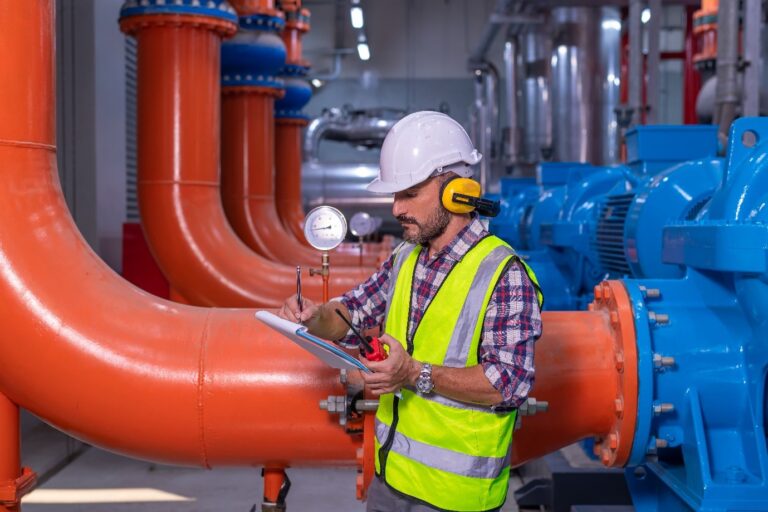Most likely, by the time most people ready this, more than 20,000 people will have gathered in New Orleans to celebrate at Greenbuild 2014, the annual event of the U.S. Green Building Council (USGBC). The planners of the event have worked diligently to make this the biggest and best Greenbuild conference ever, packed full of great keynote speeches, educational programs, workshops, and entertainment.
However, this may also be the most controversial Greenbuild ever, and here’s why.
Over the past few years, a small group of people at USGBC along with hand-picked consultants have been working on a significant new tool called the LEED Dynamic Plaque. The USGBC worked with a leading design firm to create this tool to help building owners, managers, and occupants better understand how their buildings are performing when it comes to Green and sustainable metrics. It is also designed to give feedback and engage people at a greater frequency than the current Leadership in Energy and Environmental Design (LEED) rating systems and to increase the number of buildings being certified and recertified.
While the USGBC introduced the concept of the LEED Dynamic Plaque at last year’s Greenbuild, for many of us, news of its actual development is a bit of a surprise. Further, it appears the LEED Steering Committee, technical advisory groups, and forums for public review and comment have been minimized and in some cases completely excluded. This is not typically the way the USGBC handles such projects, especially projects with the magnitude and importance as this one.
Perhaps this happened because it has become increasingly difficult to create something this revolutionary now that USGBC membership has reached almost 13,000 organizations with 250,000 LEED Accredited Professionals. Or perhaps developing the LEED Dynamic Plaque internally seemed like a necessity in the eyes of USGBC leadership after the years of effort to revise LEED version 4, which required five (or was it six?) public comment periods, tens of thousands of comments, thousands of hours of staff and volunteer time, and more than $10 million to complete.
Yet at the same time, many people have now expressed their disappointment at not being allowed an opportunity to provide input on the LEED Dynamic Plaque’s development. There are also concerns that the LEED Dynamic Plaque is designed to analyze only five metrics—energy, water, waste, transportation, and occupant experience—and ignores purchasing and numerous other areas that have been included in the LEED rating systems for years.
This brings up many questions about how this small group of staff members and consultants decided such things as what was to be included as far as analyzing Green and sustainable issues in a facility.
How did they value one metric compared to others when assigning LEED certification points? Why was Green cleaning (and Green cleaning products) not included by the developers of the LEED Dynamic tool. Were the various interests of USGBC’s now large and diverse membership addressed and considered? And did the developers follow requirements found in the LEED Foundation documents, which outline the requirements for LEED?
And along with cleaning products, it appears the LEED Dynamic Plaque ignores such things as forestry products, furniture, office supplies, food and electronics. Plus it leaves out numerous other requirements found in LEED including ENERGY STAR benchmarking; American Society of Heating, Refrigerating and Air-Conditioning Engineers (ASHRAE) requirements; integrated pest management; exterior site maintenance; landscaping; heating, ventilating, and air-conditioning (HVAC) maintenance; and refrigerant leakage tracking.
LEED has been one of the most important developments for the Green and sustainability movement. Our hats are tipped to both the USGBC and LEED for how much they have helped facilities be built and operated in a more healthy and sustainable manner. This has certainly been the case for the cleaning industry where LEED Existing Buildings and Operations Maintenance (EBOM) has been instrumental in creating the demand for Greener cleaning chemicals, equipment, paper and plastic products, and other materials used in buildings. And the transformation has been revolutionary, resulting in products that perform effectively and are cost effective while at the same time reducing negative impacts on health and the environment. But, as mentioned earlier, this tool ignores Green cleaning.
While the vision and intent of the USGBC for the LEED Dynamic Plaque is a step in the right direction, its development without member input and its lack of scope are certainly cause for concern.




